3 Articles Related to Social Psychology and Recently Released Films of Two Famous Events
Article #1 Philip Zimbardo Thinks We All Can Be Evil –
DESCRIPTION
This is a brief interview with Dr. Zimbardo regarding the film “The Stanford Prison Experiment.” In the interview, he conveys some of his perspective on the experiment. When asked about the film itself, Dr. Zimbardo states, “I’m delighted with it. It conveys for the first time to a general public what this kind of experiment is like.”
SOURCE
The New York Times, July 16, 2015
LINK TO RESOURCE
(shortened URL) http://tinyurl.com/o4vuesu
Article #2 ’The Stanford Prison Experiment’ (With Movie Trailer): Kyle Patrick Alvarez Narrates a Scene – The New York Times
DESCRIPTION
This article is a brief interview with Patrick Alvarez who directed the film. As described in article #1, Dr. Zimbardo viewed the film favorably.
It is worth noting that if the article can be pulled up on a computer in class, there is a narrated scene by the director as well as the official trailer for the film. It would make an interesting “trigger” for class discussion.
SOURCE
New York Times, July 9, 2015
LINK TO RESOURCE
(shortened URL) http://tinyurl.com/oe6kw9o
Article #3 Kitty Genovese Killing Is Retold in the Film ’37’
DESCRIPTION
Kitty Genovese was attacked and murdered outside of her apartment building in Queens, NY in 1964 while at least 37 witnesses looked on from their apartments. None intervened or phoned the police. This film recounts the events.
Listed below are the article related to the film release. Also listed is the 1964 original New York Times article detailing the crime. Lastly, the case was the stimulus for the famous Darley and Latane Social Psychology series of experiments that examined “bystander apathy.”
SOURCE
New York Times, July 26, 2015
LINK TO RESOURCE
http://www.nytimes.com/2015/07/27/movies/kitty-genovese-killing-is-retold-in-the-film-37.html
(shortened URL) http://tinyurl.com/q27fwb4
LINK TO THE ORIGINAL 1964 New York Times Article
37 Who Saw Murder Didn’t Call the Police by Martin Ginsberg, March 27, 1964
http://www.nytimes.com/1964/03/27/37-who-saw-murder-didnt-call-the-police.html
(shortened URL) http://tinyurl.com/nuu9q47
LINK TO Darley & Latane study on Bystander Apathy
BYSTANDER INTERVENTION IN EMERGENCIES: DIFFUSION OF RESPONSIBILITY.
DARLEY, JOHN M.; LATANE, BIBB
Journal of Personality and Social Psychology, Vol 8(4, Pt.1), Apr 1968, 377-383.
APA Abstract: http://psycnet.apa.org/psycinfo/1968-08862-001
CLASS DISCUSSION QUESTIONS
•What is Social Psychology?
•What topics are the objects of study in Social Psychology?
•How does the research in Social Psychology differ from that of other areas of Psychology?
•Describe the Stanford Prison Study? What do we learn from it? How are the results generalized to culture and society?
•What are the ethical issues involved in these types of experiments?
•What knowledge is derived from the tragedy of the Kitty Genovese murder?
•If the students have had access to the Darley and Latane study: what are the findings regarding “bystander apathy.”


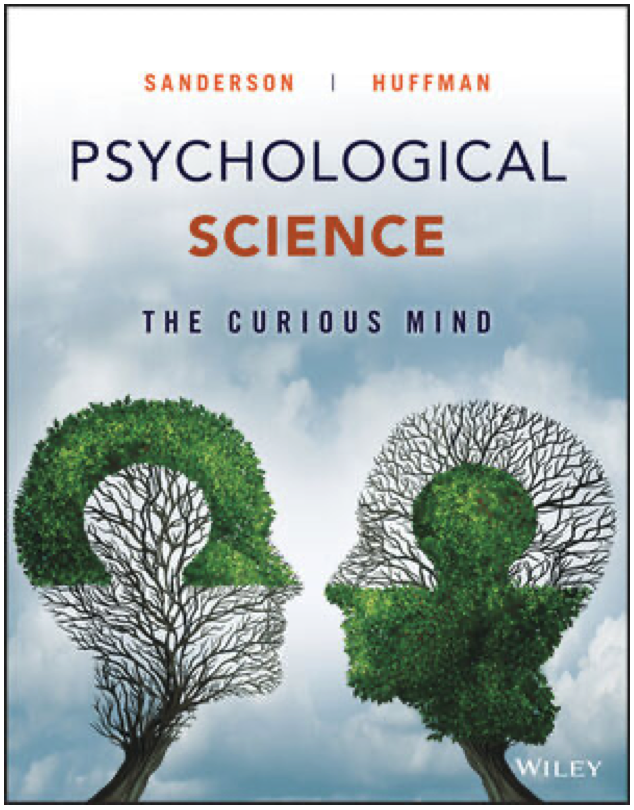
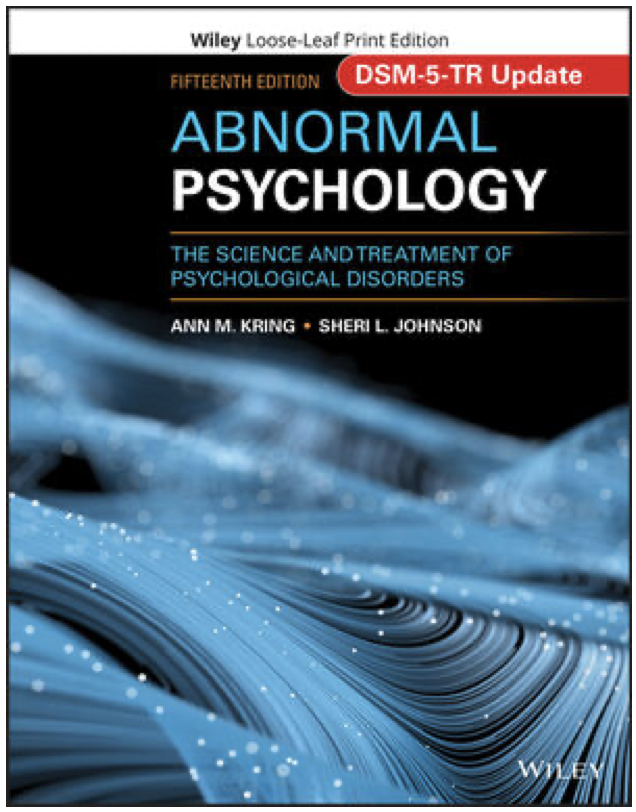
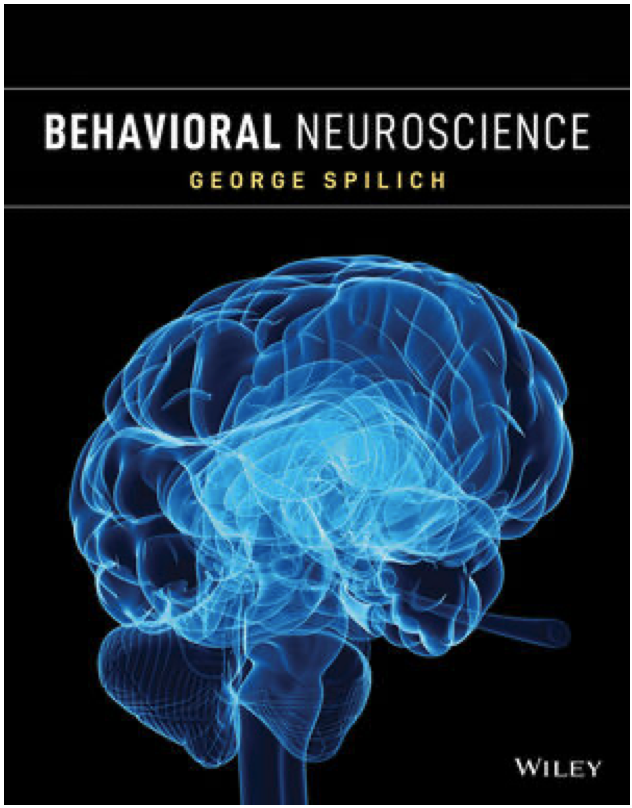
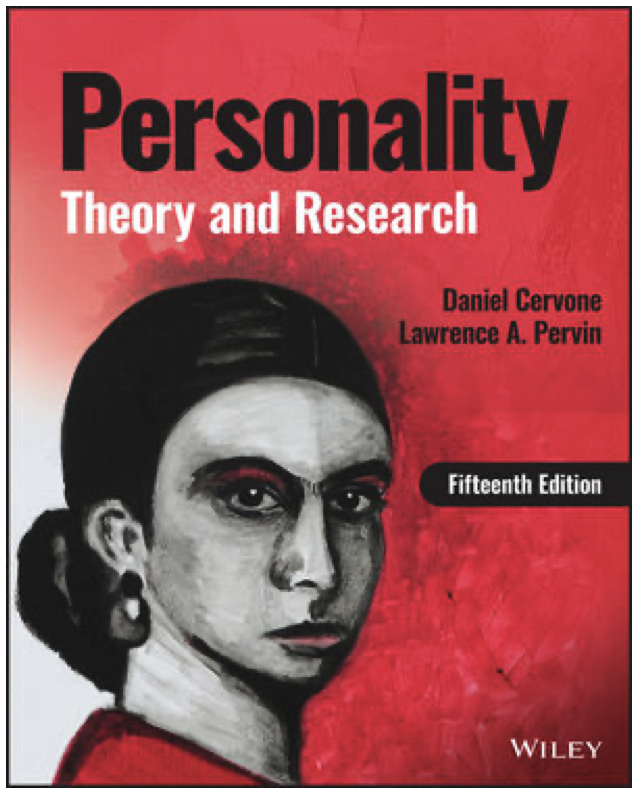
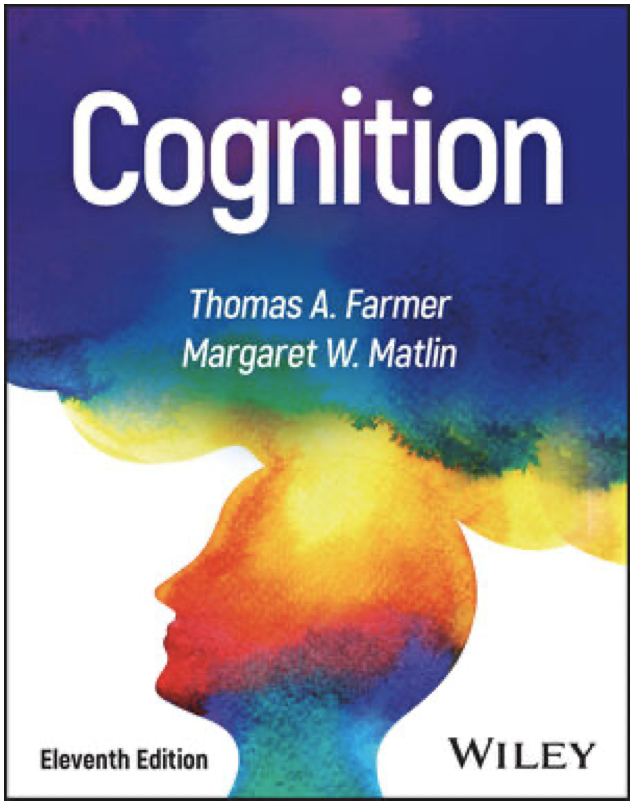
Leave a Reply